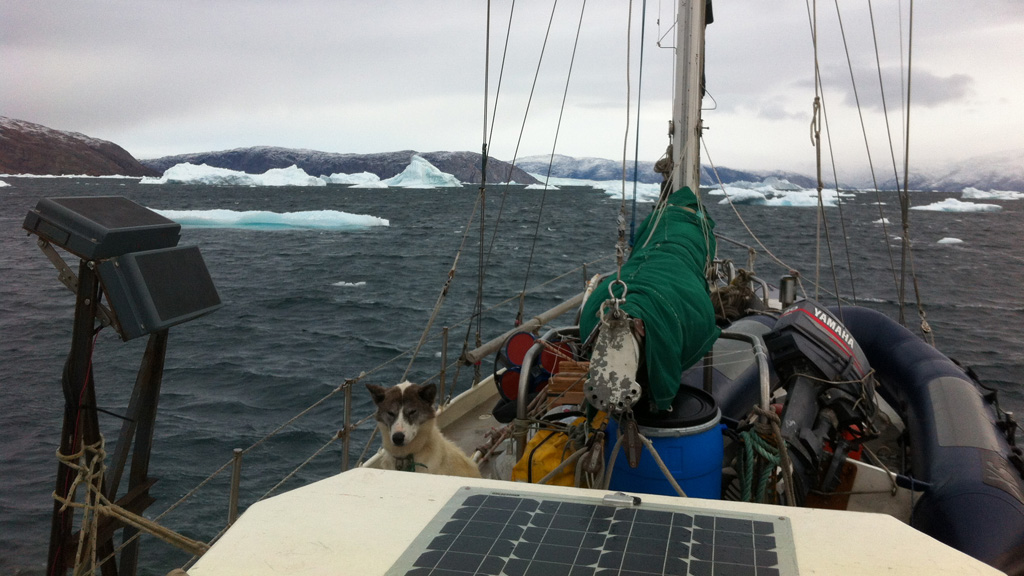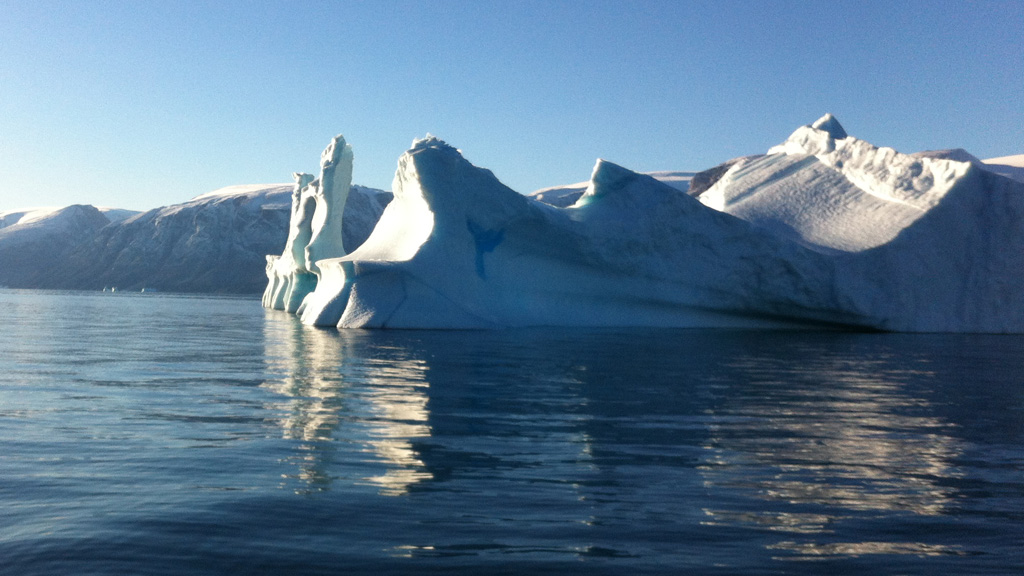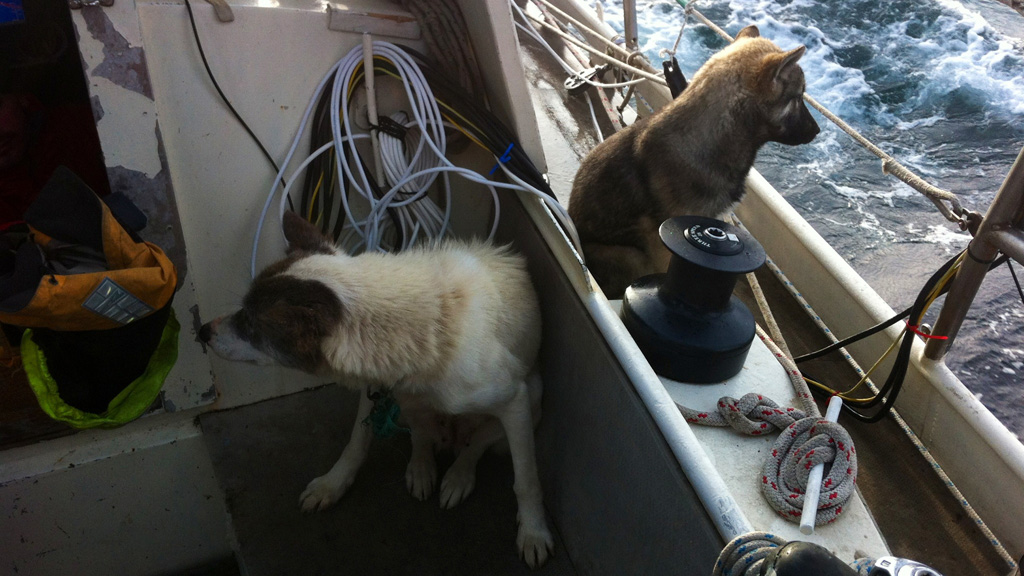Scientists who’ll be spending Christmas in the Arctic
SV Gambo isn’t your typical research vessel. There’s cod and halibut drying in the rigging and two huskies Ukioq and Nuliaq howling on the decks. Science Editor Tom Clarke reports from Greenland.

A side-scan sonar is lashed to the side with rope and a £60,000 radar for studying ocean currents is crammed in next to the dingy.
But Gambo doesn’t belong to your typical researcher. Dr Alun Hubbard of the University or Aberystwyth is a glaciologist who prefers to live among the things he studies. He has been taking his boat up to Greenland since 2007 to understand the behaviour of the glaciers that drain ice from the vast Greenland ice sheet.
As we headed out of the town of Uummannaq half way up Greenland’s west coast, you can tell Gambo is low in the water. She’s packed to the gunwales with food and fuel.
Once we leave the boat she and her three crew are spending the entire arctic winter “frozen in” to the arctic sea ice at the foot of the Støre glacier.
James Killingbeck is at the helm, a 24 year-old geographer and sailor who’s come to the arctic for some “ice experience.” He’s definitely come to the right place.
As we make our way down the 50-mile fjord towards the glacier we bump through blocks of ice the size of washing machines.They’re no problem for the steel hull of the boat, but we still have to give the ice bergs towering over us a wide berth.
Dr Pascaline Bourgain makes us a cup of tea to counteract the strong wind and near-freezing temperatures. She is a French oceanographer who is using the various on-board instruments to study the interaction between Støre glacier’s melting and the arctic ocean into which it empties.
But we can only sail within half a kilometre of the glacier. While a hundred metres of ice towers over the sea, beneath there is 500 metres more hidden from view. If the glacier suddenly calves – releasing a new iceberg – the resulting wave could easily swamp the boat.
Around us are the monuments to this drama. Icebergs the size of housing blocks creaking and cracking as tens of thousands of years of pressure is released from within the ice.

We anchor for the night in a wind-scoured, desolate cove opposite an empty fishing hut kept by local Inuit who occasionally come to catch halibut in the deep waters of the Fjord.
As soon as we arrive 22-year-old Joe Pearce starts fishing. He’s the newest member of the crew and has come to spend the entire winter. He’ll be helping gather data, but he’s mainly here to write up his MPhil thesis in physical geography. “I figured there wouldn’t be too much distraction,” he says.
An understatement as colossal as our surroundings. Vast rocky escarpments either side of the fjord, the looming glacier, but aside from the howling wind and the cracking and thumping of icebergs there is no sound at all.
Once the sea freezes – something which usually happens in September but is long overdue in this record-breaking arctic summer – they will be able to drive skidoos too and from the town. But when they’re on the boat they are limited to the occasional email via a satellite phone.

The team will maintain a series of weather stations and tide gauges around the glacier. They also have to hike up the mountain to check on time-lapse cameras monitoring the glacier’s movement.
They won’t deny they’re here for adventure, but they also know this is one of the most interesting times to be in the arctic. It’s climate is changing faster than any other corner of the planet. By being here they will document how Greenland’s mighty glaciers are coping with the change – given the ice cap that covers the island is the world’s second largest it’s a very important question to be answered.
When I sit down to tuck into my Christmas dinner this year I’ll be sparing a thought for these three people, on a tiny boat, at what feels like the end of the world.